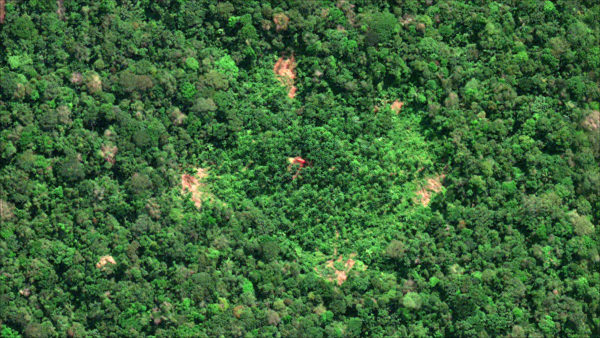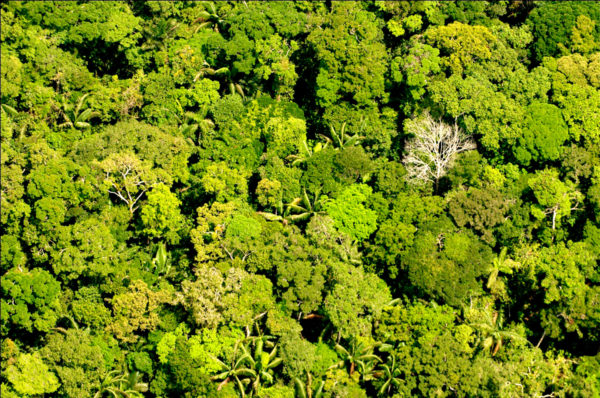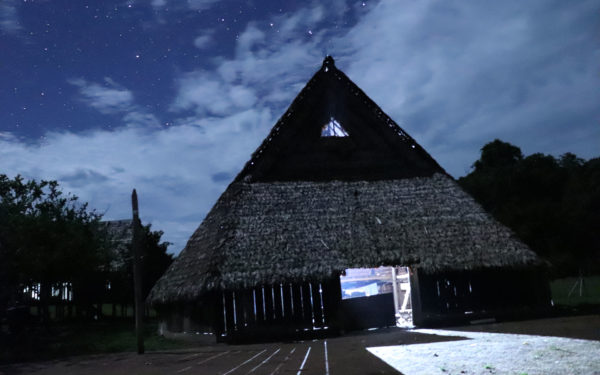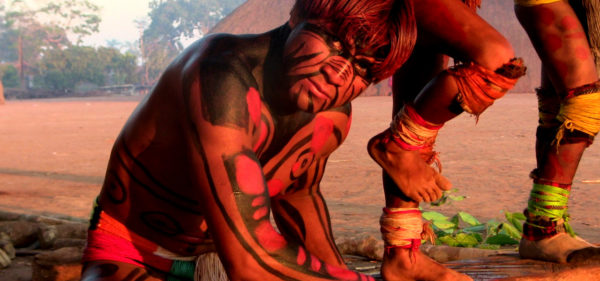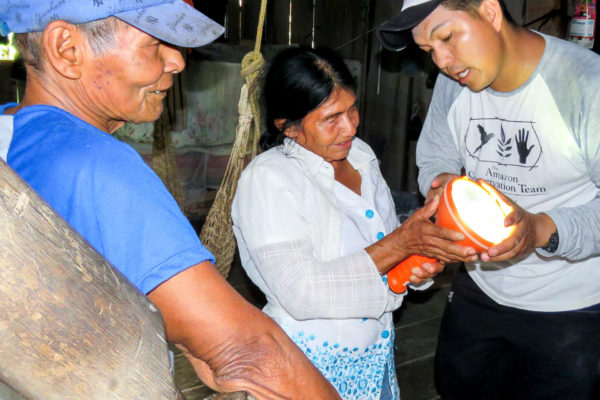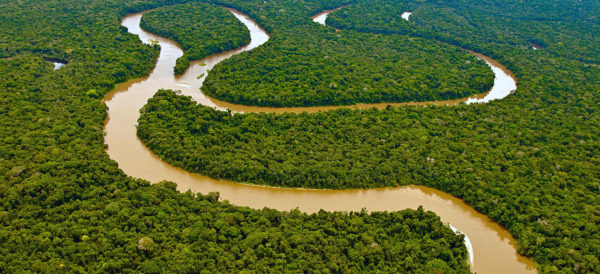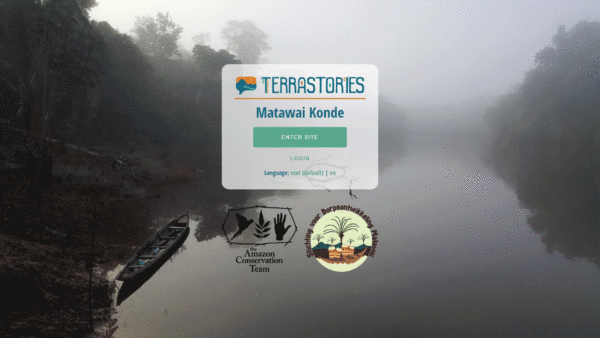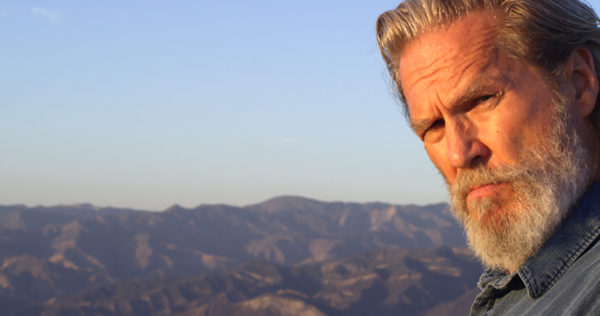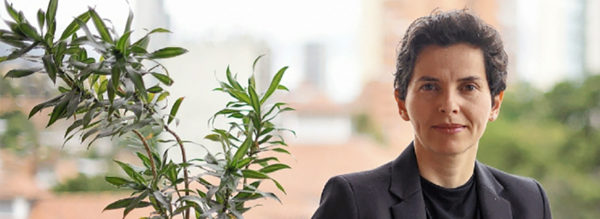A field team from ACT traveled to the Curare – Los Ingleses Indigenous Reserve in the Colombian Amazon in July to assist local communities in…
Continue »Let’s start with a question. If you lived in South America, and had to run away from society, where would you hide? The most remote…
Continue »The great wealth of biodiversity present in the Amazon is at serious risk of disappearing due to several threats, which must be addressed through the…
Continue »For more than seven years, we have worked with the communities of the middle and lower watersheds of Colombia’s Caquetá River, supporting them in the…
Continue »For remote forest communities, steady sources of renewable power can improve air quality, minimize tree harvesting, and provide domestic lighting for the evening work, especially…
Continue »The Amazon rainforest is privileged with rich biological and cultural diversity, natural splendor, and the potential to benefit all humanity by helping to stabilize the…
Continue »Throughout ACT’s more than 20 years of conservation and indigenous rights work in South America, one of the greatest challenges our partner communities voice is…
Continue »Along the Saramacca River in central Suriname live the Matawai people. They are descendants of Africans who escaped slavery in the 17th and 18th centuries…
Continue »When I was growing up in New Orleans in the sixties and early seventies, the airing of environmental documentaries like the National Geographic Specials brought…
Continue »Carolina Gil is among the women who have dedicated themselves protecting the forests of the Amazon. The challenge that Colombia has ahead can only be met with many hands. She believes in collective work, for a rainforest without heroes. Before the Amazon became a hot topic in the media because of the 144,417 hectares razed in that region of Colombia, the mining threats and the science that began to explain the Amazon’s importance in the regulation of global climate.
Carolina Gil, program director of the NGO the Amazon Conservation Team, knew the other face of conservation, which few others were emphasizing: to try to conserve a territory without taking into account the people who live in it was a formula for failure.
“It is the communities that can ensure that a forest is healthy, with the means of living that they require.”


